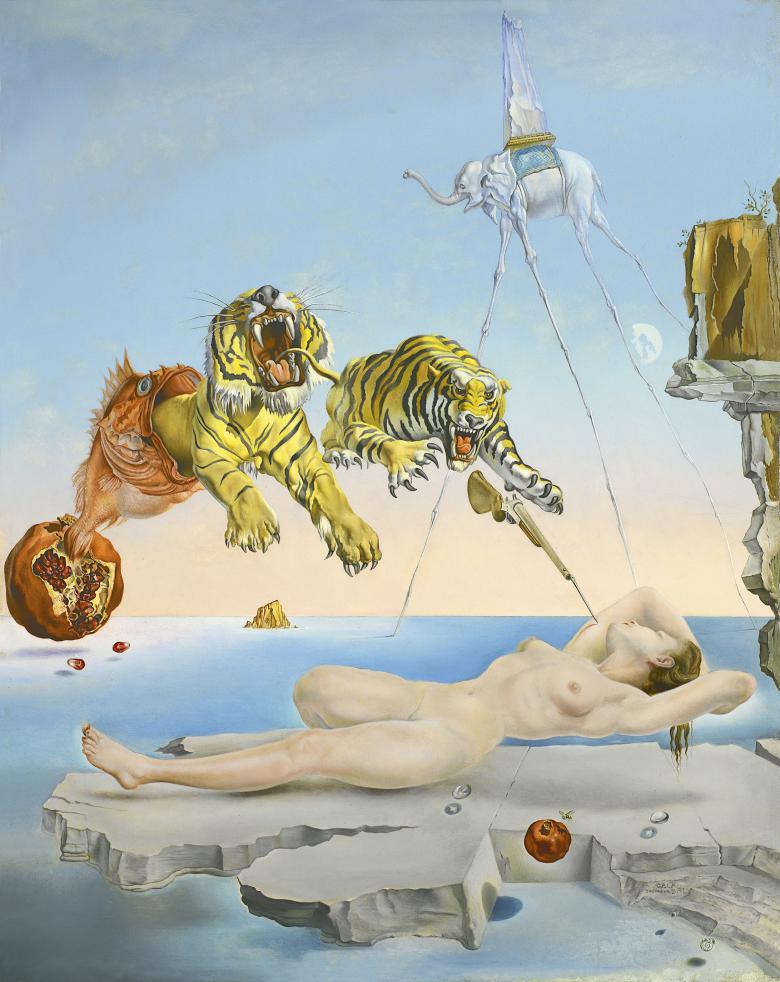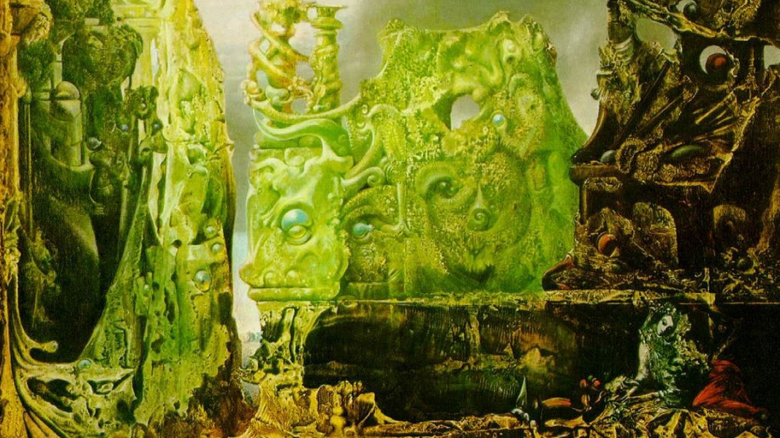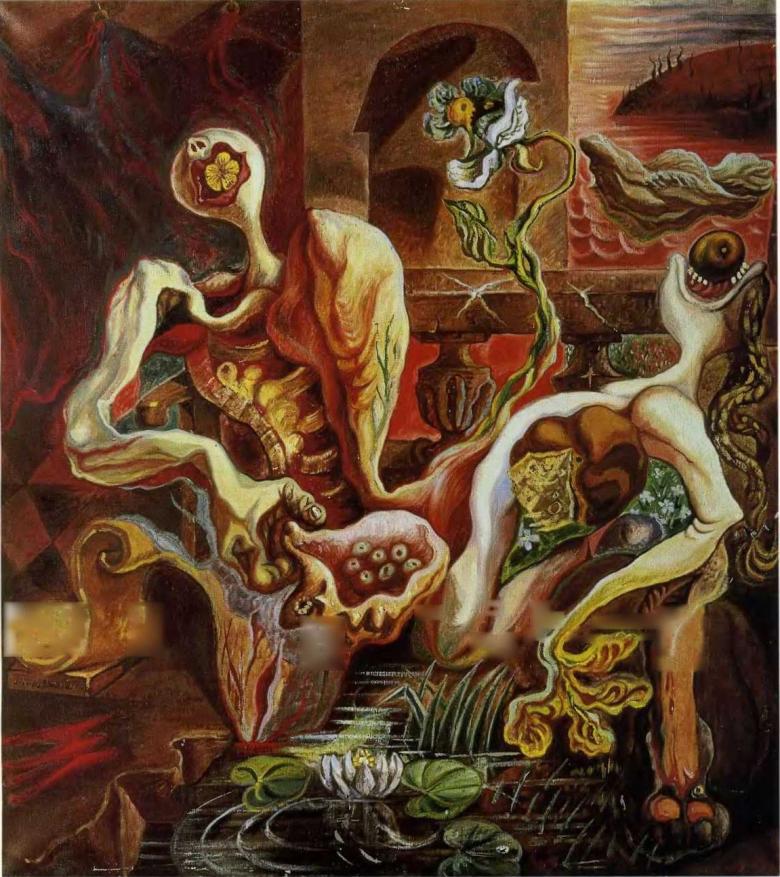Surrealism in simple words
The Concept of Surrealism
Surrealism – beyond realism, a fusion of dream and reality.
Surrealism is an avant-garde movement in art, and the term comes from the French word meaning “super-realism.” However, this does not imply that realism plays a dominant role in it. “Super” in this context rather means “above” or “beyond” realism, though realism is still an essential component.
From a literary standpoint, surrealism is the blending of dream and reality. That’s why this movement gained particular popularity in painting—depicting the dreams and fantasies of artists and ordinary people became a fashionable practice on canvas.
Surrealism
Surrealism emerged in France in the mid-20th century. Initially, it was not a visual art movement but was rooted in literature. In 1917, poet Guillaume Apollinaire used the word “surrealistic” in his play The Breasts of Tiresias. However, the classical founder of the movement is considered to be André Breton, who launched the journals Manifesto of Surrealism and The Surrealist Revolution.
The movement later expanded into theatre, painting, sculpture, and cinema. However, most people associate surrealism primarily with visual art.
 Salvador Dalí. Dream Caused by the Flight of a Bee Around a Pomegranate a Second Before Awakening
Salvador Dalí. Dream Caused by the Flight of a Bee Around a Pomegranate a Second Before AwakeningIn France, surrealism began to take shape during the 1910s and 1920s. The first surrealist exhibition took place in Paris in 1925.
Main Idea
Surrealism brought together progressive youth in search of something new in art. Its artists embraced slogans such as fierce opposition to academicism, anarchism, absurdity, rejection of all systems and values, scandal, and denial of everything that came before. Illusions, allusions, and paradoxes were commonly used. For the general public, surrealism appeared as something fantastical and eccentric.
 Max Ernst. The Eye of Silence
Max Ernst. The Eye of SilenceThe central idea was phantasmagoric storytelling and a playful manipulation of objects and phenomena. One object transforms into another; fantasy intertwines with reality; various unrelated objects merge into a cohesive whole. Unconscious fantasies, sexual complexes, fears, and madness from the human mind are expressed externally.
The artist’s task is to create something insane, to astonish the viewer. The goal is to make an impact, but unlike impressionism, it need not be positive. The most effective reactions for the surrealist artist are confusion, denial, negativity, or even fear.
 André Masson. Metamorphosis of Lovers
André Masson. Metamorphosis of LoversSurrealist Techniques
New techniques emerged that had never before been used in painting. Old methods from unrecognized or once-dismissed masters were also revived.
- Combining diverse objects and people
- Use of collages and photomontage
- Elimination of genre boundaries and blending of forms—for instance, inserting portraits into still lifes, adding mechanical parts to landscapes, mixing animals with tools, or replacing people in domestic scenes with household objects
- Development of new techniques and names:
Bulletism – painting by smashing vessels filled with paint
Décollage – the process of tearing apart or layering an object
Dripping – random splashing or pouring of paint
Frottage – transferring texture from a surface onto paper with a pencil
Fumage – drawing using soot from candles or kerosene lamps
 Salvador Dalí. Portrait of My Dead Brother
Salvador Dalí. Portrait of My Dead BrotherSurrealism became a manifestation of unconscious human emotions in real life. Childhood fears, adult failures, internal complexes, and dissatisfaction with life began to take centre stage in art. Artists, writers, and photographers stopped hiding their true emotions and motives, allowing others to look inward and discover something new within themselves.



